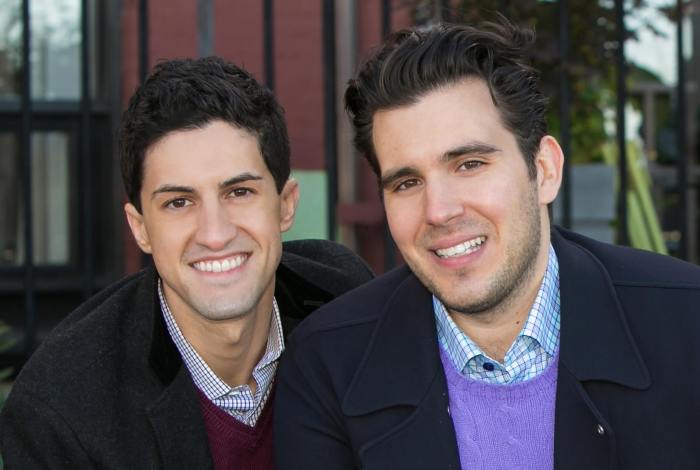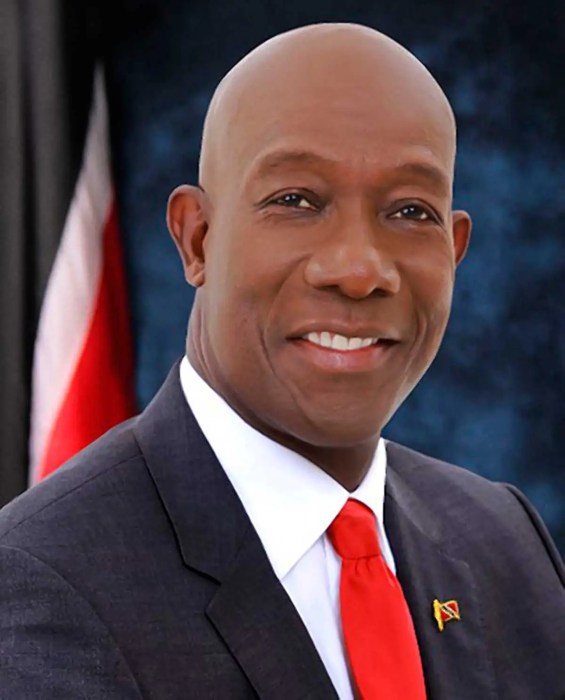 From left Dr. Rajat Gupta, Dr. Adam Powell, Anwar Hussain, Vivek Sivathanu and Viqar Hussain. Photo by Nicolaus Czarnecki/Metro
From left Dr. Rajat Gupta, Dr. Adam Powell, Anwar Hussain, Vivek Sivathanu and Viqar Hussain. Photo by Nicolaus Czarnecki/Metro
Doctors from Brigham and Women’s Hospital teamed up with engineers from the MIT Media Lab last month at the hospital’s inaugural iHub Hackathon to try and solve a pressing medical problem facing heart patients.
About 100 clinicians, scientists and programmers pitched projects to a panel of judges in the hope of getting funding for further development.
Within 48 hours, the winning team, “Ring Leader,” came up with a prototype for a wearable ring that can transmit a patient’s heart rate from their body to an app. A physician can then remotely review electrocardiogram – also known as EKG – readings and other relevant clinical metrics.
The team used a 3D printer to create the device, which is meant to be worn on a finger.
The standard of care for heart disease, which is a leading cause of death worldwide, is currently for doctors to order expensive stress tests to assess a patient’s risk for a repeat heart attack. Creators believe the ring would gather accurate data in a convenient and cost-effective way.
“Often times I find I don’t need to order (the stress test), but we order it because we have no way of monitoring patients at home,” said Dr. Rajat Gupta, Brigham and Women’s cardiologist and Ring Leader member. “It would be better if we could continuously collect this data, encourage patients to understand the importance of activity, and save them the expensive trip to the hospital.”
As humans continue to evolve with smart phones in hand, it’s obvious that wearable devices are an innovative and easy way to access and share information. Last month, Metro Boston reported on the Sesame Ring, a wearable device created by MIT students that allows users to access the MBTA.
The rising popularity of wearable technology can be attributed to advances in battery and computer technology, which have made it more feasible, according to Dr. Adam Powell, a healthcare economist and a member of Ring Leader.
“Never before in human history has it been common for people to walk around carrying a computer, a power source, and a combination of short-range and long-range radios (like smartphones),” said Powell. “However, I believe that mHealth devices which require minimal user intervention and which do not require long-term adherence will be the most successful. It’s far more realistic to assume that a person will be temporarily willing to wear a device than it is to assume that a person will be willing to wear one indefinitely.”
The group is planning to work on a few more prototypes before seeking regulatory approval.
“We’d want it to be perfect before we unveiled it,” said Gupta.
Follow Morgan Rousseau on Twitter: @MetroMorgan
Follow Metro Boston on Twitter: @MetroBOS

















